Explanation of the thermal sensor – its types and how it works
Explanation of the thermal sensor – its types and how it works

The thermal sensor plays a vital role in accurately measuring temperature in various fields. It is widely used in industry, electronic appliances, air conditioning and heating systems, as well as in many other fields. These thermal sensors convert temperature changes into electrical signals that can be analyzed and used to take appropriate action.
Contents
In this article, we will explore how thermal sensors work, their usefulness in detecting temperature, and the different types of sensors available. We will also discuss common applications of thermal sensors and their importance in better monitoring and controlling temperature.
What is a thermal sensor?
A temperature sensor or thermal sensor (in English: Temperature Sensor ) is a device that measures temperature by converting temperature changes into electrical signals. It is used to monitor and control temperature in various applications. These sensors detect temperature changes and generate electrical signals that express the measured temperature. These signals are then used to display temperature, regulate heating or air conditioning systems for example, or to perform other tasks that require accurate temperature measurement. These temperature sensors are widely used in fields such as industry, home automation, and medicine to maintain optimal conditions and keep systems running smoothly.
Thermal sensor components
The components of a temperature sensor work together to accurately measure and transmit temperature changes for monitoring, control, or analysis. It is important to note that thermal sensors may have specific configurations and components depending on their specific applications. The main components of the thermal sensor can vary depending on the type used. However, here are some of the main components found in many thermal sensors:
- Temperature Sensing Element : It is the element that senses changes in temperature and generates an electrical signal in response. Depending on the type of sensor, it can be a thermocouple, a thermistor (NTC or PTC) , a resistance temperature detector (RTD), or another sensitive element.
- Signal Conditioning Circuit : This circuit processes the electrical signal generated by the temperature-sensitive element to make it usable. It can amplify, filter, or convert the signal into a form more suitable for the specific sensor application.
- Cold junction : This part of the sensor is a fixed temperature reference used in a thermal sensor device to obtain accurate measurements and compensate for changes in the ambient temperature.
- Connectors : Thermal sensors are usually equipped with connectors to allow easy connection to other devices or systems.
- External enclosure : An enclosure that contains the internal components and provides mechanical and environmental protection. They can be made of different materials such as plastic, metal or ceramic, depending on the application requirements.
- Wiring : The internal wiring of the sensor ensures communication between various components and allows the electrical signal to be transmitted to other devices or systems.
How does the temperature sensor work?
The working principle of the thermal sensor depends on the type or model of the sensor used. In general, here’s how a temperature sensor works :
Thermocouple
Thermocouple A thermocouple is made of two different metal wires soldered together at one end to form a junction. When the temperature of the junction changes, a potential difference, called electromotive force (EMF) , is created between the wires. This electromagnetic field is proportional to the temperature difference between the measurement junction and the reference junction.
Transformer resistors (RTDs)
RTDs are resistors that change in value with temperature. The most commonly used RTD devices are made of platinum and are called PT100. When the temperature increases, the resistance of PT100 increases linearly. This change in resistance is measured to determine the temperature.
Thermistor
Thermostats are resistors whose value changes with temperature. They are usually made of ceramic or polymer materials. NTC (negative temperature coefficient) thermistors show a decrease in resistance as temperature increases, while PTC (positive temperature coefficient) thermistors show an increase in resistance as temperature increases.
Infrared sensors
It measures temperature by detecting infrared rays emitted by the body. They use sensitive infrared detectors to convert thermal radiation into an electrical signal, which is then converted into a temperature measurement.
In all of these types of sensors, the electrical signal generated in response to temperature is processed by an electronic circuit that can amplify it, convert it into a digital value and display it on a screen or transmit it to others.
Types of thermal sensors
- NTC sensors: A thermal sensor that uses a negative thermal resistance (NTC) whose ohmic value varies depending on the temperature.
- Heat flow sensor: A sensor that measures heat flow by generating an electrical signal proportional to the rate of heat applied to the surface of the device.
Proximity sensor
A proximity sensor is an electronic device designed to detect the presence of nearby objects without direct physical contact. It uses different technologies such as ultrasonic sensors or capacitive sensors to detect field, distance or object variations. This sensor is used in many fields, such as automotive, consumer electronics, security systems, and industrial applications, to detect the presence of objects, measure distances, or activate devices. Proximity-based features. They provide accurate, responsive, non-contact sensing, making them versatile and suitable for a wide range of applications.
Heat carrier
Also called a heat transfer coefficient, it is a material used to transfer heat from one source to another. It is usually a liquid or gas that flows through a system to absorb heat from one area and transfer it to another. Heat carriers are used in many fields, such as heating, air conditioning, refrigeration and process heat transfer systems. They help maintain constant temperatures, keep equipment cool, and efficiently transfer heat from one place to another. Some common examples of heat carriers are water, thermal oil, ammonia, carbon dioxide, etc.
Thermal sensor applications
The temperature sensor is widely used in many applications to measure and control temperature. Here are some common examples of thermal sensor applications :
- Temperature control in HVAC systems.
- Temperature monitoring in the food industry to ensure food safety and quality.
- Temperature control in engine and vehicle cooling systems.
- Use in solar thermal energy systems to produce renewable energy.
- Measure body temperature in medical thermometers.
- It is used in scientific research to study thermal processes and characterize materials.
- Monitoring chemical reactions in laboratories.
- Used in kitchen appliances to cook food precisely.
- Temperature control in refrigeration and freezing systems.
- Temperature monitoring in sensitive environments such as laboratories and warehouses.
The relationship of the electrical circuit breaker to the thermal sensor
A sensitive thermal circuit breaker is a protective device that monitors the flow of electrical current in a circuit. When it detects an abnormally high current, it automatically turns on and off the flow of electricity to prevent damage to electrical equipment, risk of fire, or application-related problems.
On the other hand, the thermal sensor is designed to detect temperature changes. It can be integrated into a circuit breaker to monitor the operating temperature of an electrical circuit. When the temperature exceeds a preset value, the thermal sensor sends a signal to the circuit breaker to trigger its protection mechanism.
Therefore, the relationship between the electrical circuit breaker and the temperature sensor is a protective relationship. The thermal sensor monitors the temperature of the electrical circuit, while the circuit breaker reacts if the maximum permissible temperature is exceeded, by cutting off the electrical current to avoid the risk of overheating and damage.
Temperature sensor in the refrigerator
There is certainly a temperature sensor inside every refrigerator, to measure the ambient temperature. It can be a semiconductor thermal sensor, such as a thermistor or thermocouple, which converts temperature changes into electrical signals.
Once the heat detector detects a high temperature, it sends this information to a thermal control device, such as a thermostat. The thermostat then compares the measured temperature with the preset desired temperature and controls the operation and monitoring of the refrigeration system accordingly, so that people can ensure the preservation and storage of food.
The thermal sensor plays a vital role in measuring and controlling temperature in various applications. They allow temperature changes to be converted into electrical signals, allowing precise temperature monitoring, display and control. Their use is widespread in many fields such as industry, home automation, medicine and electronic devices. Thanks to their properties and reliability, thermal sensors help maintain optimal conditions, ensure system safety and improve energy efficiency.
If you have any inquiry, please contact us freely and we will be happy to serve you.

Jezli website for purchasing electrical appliances
When we say Jeezly website, we are talking about one of the most famous Arab websites that was able, in a very short period of time, to achieve a very large demand for purchases from it by people from various parts and sectors of the Arab world.
On the Jeezly website, you will find a joint look and all the products that you may need in your home, starting with those for kitchens or bathrooms, but even those for gardens, you will find them on this wonderful site.
So, if you were lost before and did not know where to go to buy your products on the Internet, now you have the perfect solution, and all you have to do is go to the Jezli website and start choosing the products you want.
 What are the features of Jeezly ?
What are the features of Jeezly ?
Since we are talking about a site that is preferred by many people around the world, there is no doubt that it is a site full of various features and characteristics. Therefore, we have decided to devote our next paragraph to pointing out the most prominent features of the Jezli site.
One of the most prominent features of the site is the proportionality of prices. On the Jeezly website, you do not have to worry about the imaginary prices of the products, as is the case with most sites that display their products on the Internet.
The price of delivering products is very reasonable and not expensive, and the site accepts delivery to various countries, without forgetting that it accepts free shipping on some products.
One of the advantages of the site is also the high quality of its products, as it is impossible to find a poor quality product. Rather, the Jezli website deals with major companies, Philips, for example, and other famous brands, so you must remove from your mind the idea of the poor quality of one of the products. Another advantage of the site is that it does not specialize in one type of product, but rather you will find various types of products on it, for example, electrical appliances, hand tools, mechanical devices, paints, packages for establishing apartments, and many other types.
Jeezly website also accepts what is known as the shopping cart, which makes it easy for you to filter the products you want to buy and put them in one package in order to be able to pay with the click of a single button.
Accepts multiple payment methods.
We are pleased that you visit our social media pages, where we publish exclusive offers on our website.
Our Facebook page is here .
Our Twitter account is here .


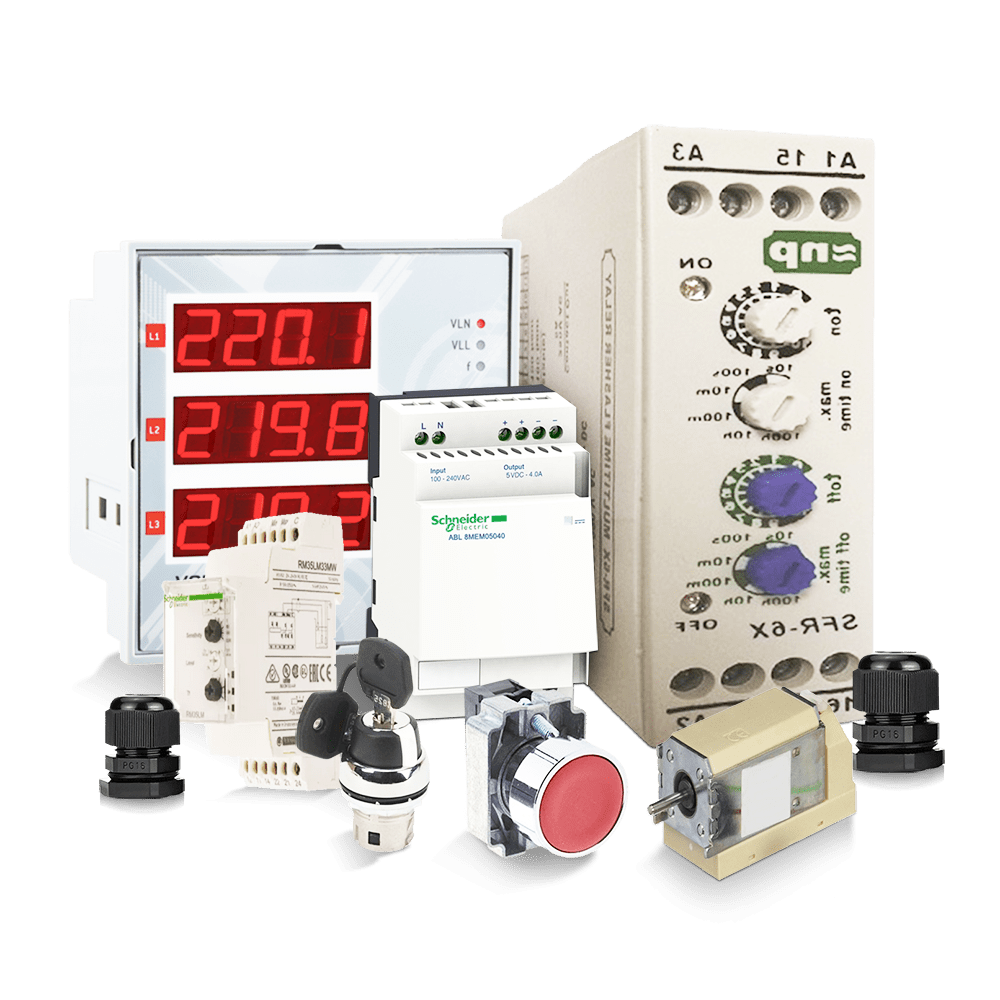




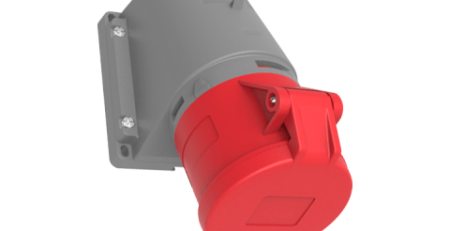

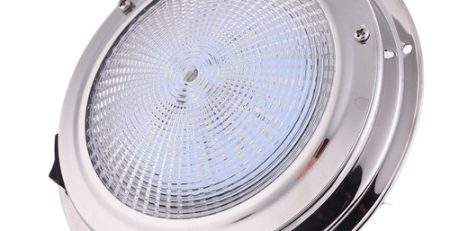
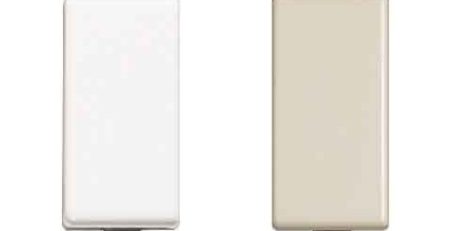
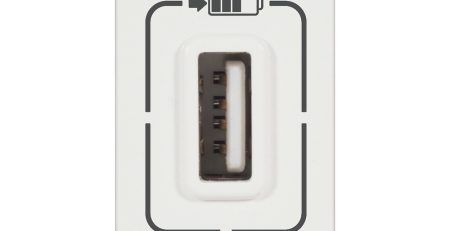

Leave a Reply
You must be logged in to post a comment.